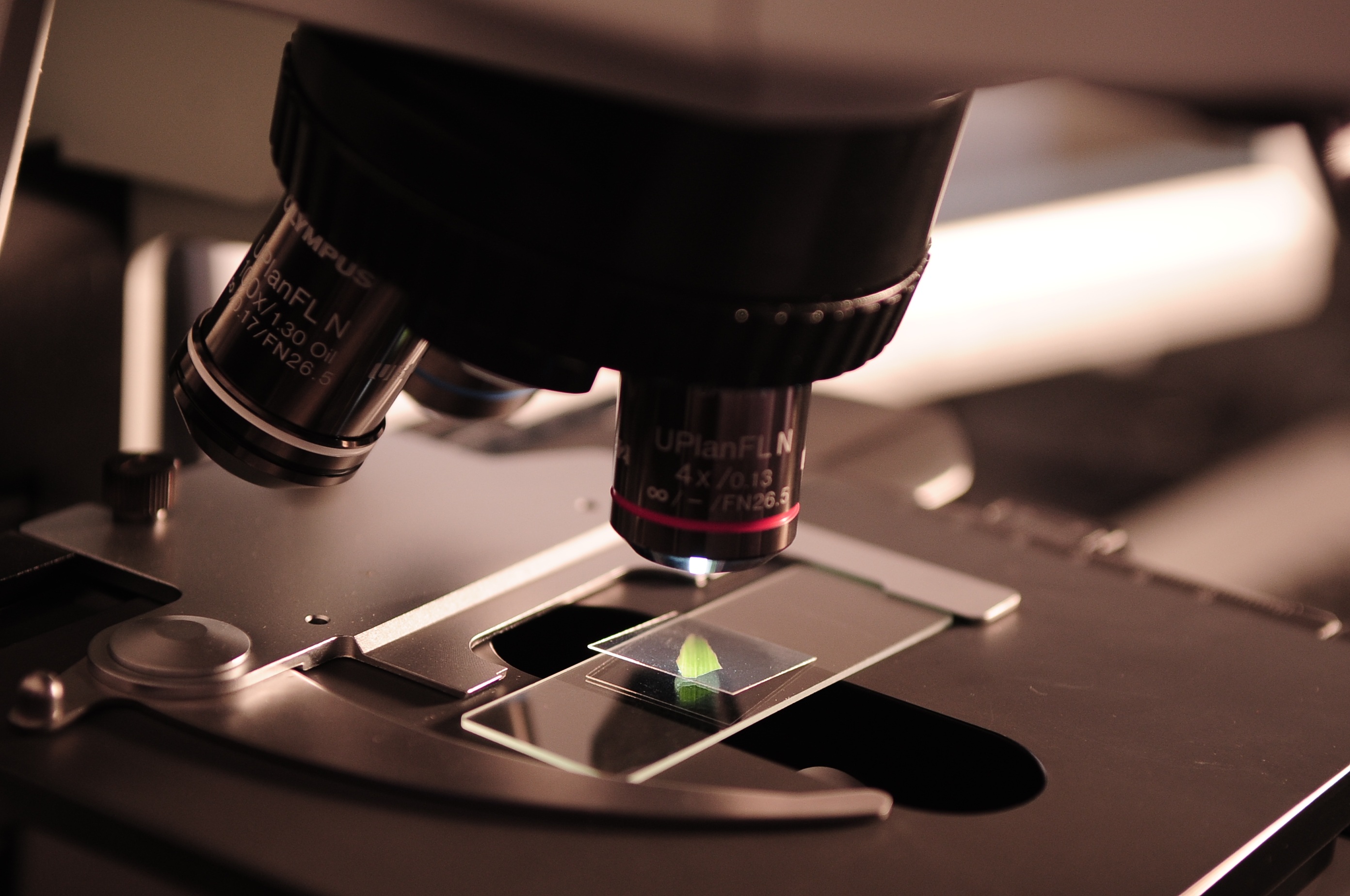
2008
Samuel Volchenboum, M.D., Ph.D., M.S.
Instructor, Department of Pediatrics, University of Chicago
Defining the Role of MYCN in High-risk Neuroblastoma Using Quantitative Proteomics
Defining the Role of MYCN in High-risk Neuroblastoma Using Quantitative Proteomics
The goal of this study is to better understand how overproduction of the protein MYCN leads to aggressive neuroblastoma. It is known that children whose tumor over expresses the MYCN gene do poorly in response to treatment. But the mechanisms by which this gene leads to a high-risk tumor are not very well described. I believe that understanding which proteins are produced in tumor cells is one key to developing better diagnostics and therapeutics for neuroblastoma. Proteomics is a tool by which the actual proteins in a sample are detected. Using proteomics, we have compared neuroblastoma cells grown in the lab, looking for differences between the cells that overexpress MYCN and those that do not. We have identified a panel of proteins that are high in one type of cell and low in the other. We have confirmed these differences for one of the proteins using traditional protein detection methods. In addition to confirming other protein targets, we are now moving to human tumor samples to validate our findings in cell lines. Discoveries made about the protein pathways involved in tumor development will allow better patient diagnosis and therapy, leading to improved outcomes for patients with neuroblastoma.